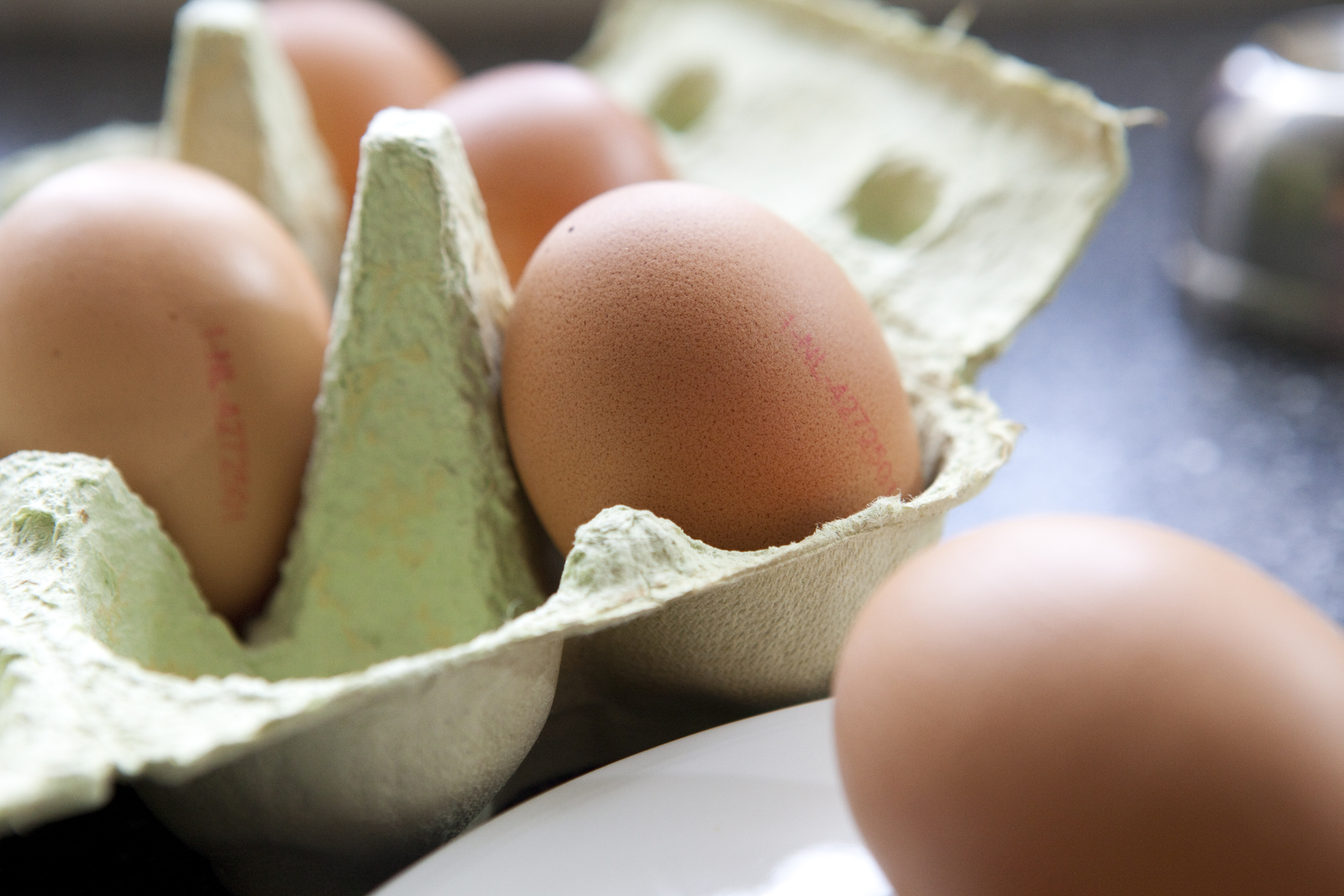Using algae to produce omega-3 eggs

How efficiently can algae extract nutrients from the residual water from vegetable greenhouses in Mexico, and can these algae be used to produce healthy eggs? These are the questions scientists soon hope to find the answer to.
The study is being carried out by scientists from Wageningen University and Research Centre (UR) in collaboration with Finka, Rancho Medio Kilo, the Universidad Autónoma de Querétaro in Mexicao and Schothorst Feed Research, Rondeel BV and Van Hall Larenstein in the Netherlands.
“In Mexico many capsicums and tomatoes are grown in vegetable greenhouses,” says project leader Dorinde Kleinegris. “A large percentage of these products are intended for the American market, which is constantly increasing the sustainability requirements for production. Take the example of the groundwater used for cultivation. There is a water shortage in Mexico and water can only be reused a few times before it becomes too saline. We want to use this saline water for algae, some varieties of which take well to salt. An added benefit is that they can extract nutrients from artificial fertiliser more efficiently than capsicum and tomato plants. In fact, we expect algae to remove the last remaining nutrients.”
For the latest research & information on algae & other new proteins click here
Algae as chicken feed
As the algae used by the scientists are naturally rich in omega-3 fatty acids, they want to use this raw material for chicken feed. “In addition to omega-3 fatty acids, the algae also contain components which have a positive impact on the resistance of chickens and can therefore increase their lifespan,” Kleinegris continues. “The eggs would then also contain more omega-3, which adds to their market value. Another benefit of the algae is that they contain a high level of protein, making them a good alternative for soy. In this project we are working with our partners to see how we can build an economically and technically feasible production chain.”
The research will start in April 2016 in an area northwest of Mexico City where algae reactors are fed with water from the greenhouses. “Algae farming costs are currently around €5 per hectare, depending on the scale and the land used. If we can get the cost price below €5 per hectare it should be feasible, especially as the market value of the chicken and eggs is higher”, according to Kleinegris.
[Source: Wageningen UR]











